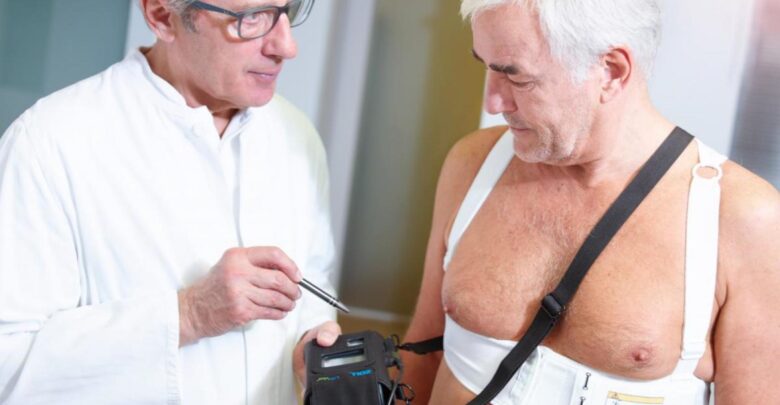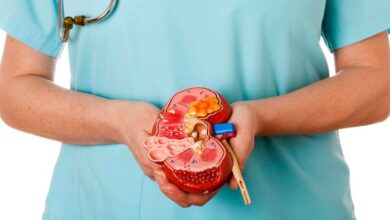ZOLL LifeVest: Defining Two Heart Emergencies

A sudden cardiac arrest (SCA) is often confused with a heart attack.
Most people are familiar with heart attacks and the warning signs and symptoms. A heart attack is caused by a blockage in the heart that stops blood flow to part or parts of the heart and causes damage to the heart muscle. With a heart attack, a person may feel severe chest pain, nausea, and other symptoms. Usually, the person remains awake and can call for help.
SCA happens when the heart’s electrical system fails and triggers a dangerously fast heartbeat. This rapid heart rhythm causes the heart to quiver instead of efficiently pumping blood throughout the body. When someone experiences SCA, there are typically no warning signs that something is about to happen. The person will suddenly pass out and lose consciousness and they are unable to call for help. Without treatment, death occurs within minutes – this is known as sudden cardiac death (SCD).
Emergency assistance for these two conditions are different. Recognizing the signs of a heart attack versus a sudden cardiac arrest will help you determine what to do in an emergency.
Patients who experience a heart attack may undergo a stent placement or bypass procedure to restore blood flow to the heart. It is important for patients who may be experiencing symptoms of a heart attack to seek treatment quickly – when blood flow to the heart is restored faster, the damage to the heart muscle may be less severe.
During a sudden cardiac arrest, victims may require emergency treatment within minutes to survive. Bystander should act immediately by calling 911, starting CPR, and using an automated external defibrillator (AED) if one is available. The most effective treatment to stop or correct a life-threatening rapid heart rhythm is defibrillation. Defibrillation is a controlled electric shock that restores the heart’s normal rhythm.
For certain heart patients at increased risk for SCA, their physician may prescribe a ZOLL LifeVest wearable cardioverter defibrillator (WCD). ZOLL LifeVest is designed to detect certain life-threatening rapid heart rhythms and automatically deliver a treatment shock to restore normal rhythm. The entire event, from detecting a life-threatening rapid heartbeat to automatically delivering a shock, usually takes less than a minute. LifeVest does not require the assistance of another person or emergency personnel for it to work. It can protect patients even when they are alone. Patients wearing LifeVest can have peace of mind that they have protection from sudden cardiac death.






